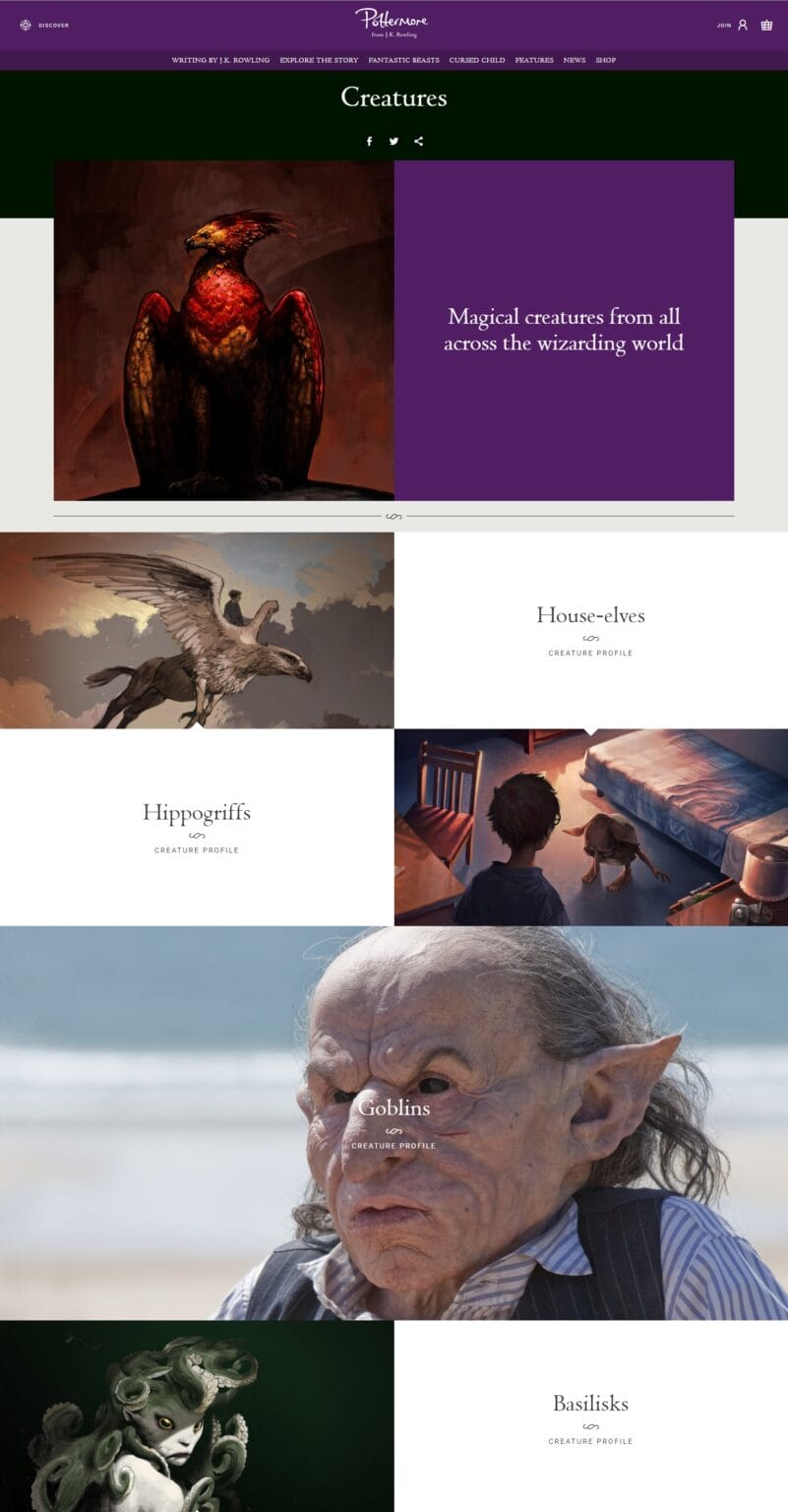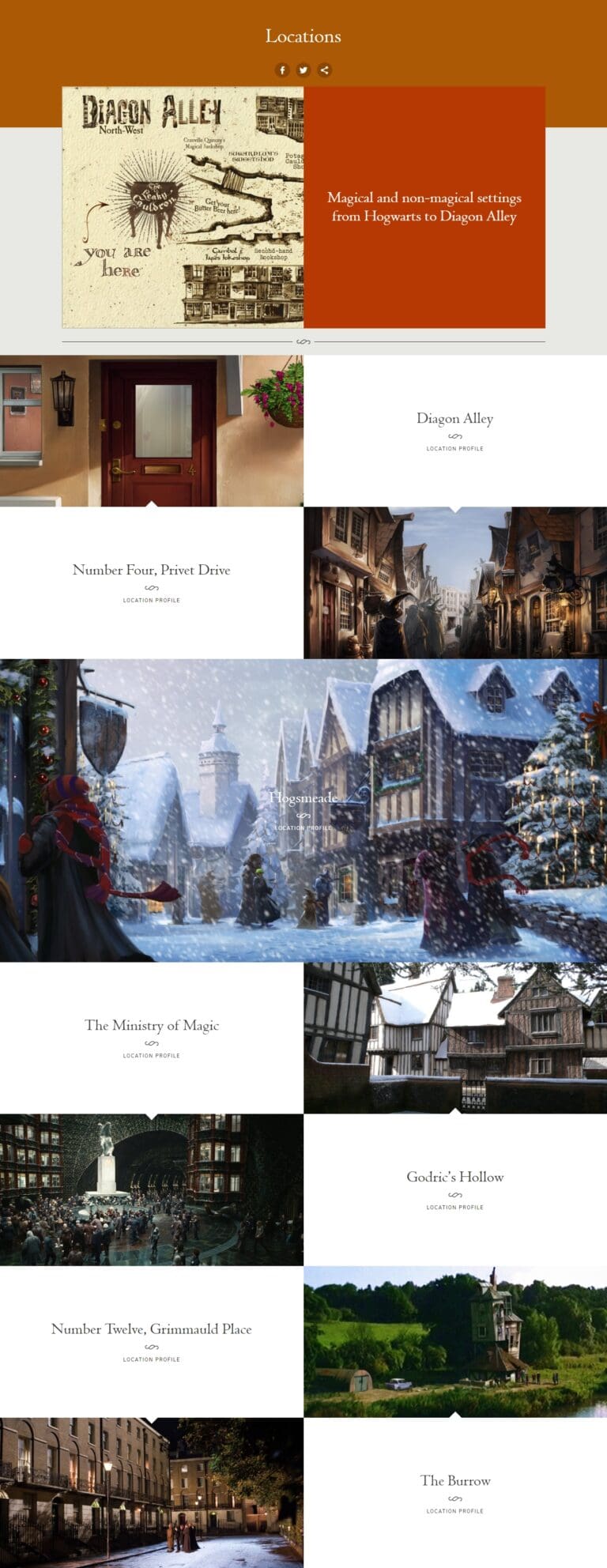Part 1 – Open Worldbuilding (featuring The Wizarding World of Harry Potter)

It’s 2011 and you’re J.K. Rowling, the creator of the Wizarding World global phenomenon — the home of the Harry Potter series.
Your fantasy Harry Potter book series has been an instant global phenomenon:
- 522,000,000 copies sold
- $1.2 Billion sales in US alone
- books translated in over 80 languages
- video game adaptations
- entire Harry Potter sub-industry has been spawned

And the final film adaptation of your Harry Potter book series, Harry Potter and the Deathly Hallows – Part 2 has just shattered cinema records of all sorts:
- grossing $1.34 Billion worldwide
- becoming the highest grossing film in 2011
- the highest-grossing film in the Harry Potter world
- the highest grossing film adaptation in history
Prestigious magazines like Forbes have even certified you as a Billionaire —

And even with all this massive success, fandom and becoming a billionaire, there’s still one problem:
You are still leaving a ton of more fans and money on the table…
You see…
Even though you sold the movie rights to Warner Bros. and your book publishing rights to Bloomsbury in the UK and Scholastic in the USA, you kept your rights to the digital editions of all your books.

Retaining these rights could be a game changer for you…
Because you knew keeping 100% ownership of digital rights of your books could pay off bigger than the movies and printed books…

But…
There’s one small snag…
eBook and audiobook sales aren’t nearly as high as you expected them to be…
Understandably, you thought all the Harry Potter mania built from the book publishers and Hollywood producers would trickle down to massive eBook sales and even more money in your pockets…
But it just didn’t happen that way…

So…
How are you going rake in all the money you’re leaving on the table in digital sales AND further expand the Harry Potter World for your Fans?
The answer is Open Worldbuilding…
But to truly understand how Open Worldbuilding will help you overcome this roadblock, first you have to better understand the problem — the real problem.
You see J.K. Rowling…
Your problem isn’t a simple eBook marketing problem or a problem with markets not adapting quickly to digital technologies — nah.
If those were the problem, you could easily just make it rain marketing dollars and watch the sales flow right in.

It’s a bit more complicated than that…
You see…
Harry Potter Movies and Books already dominate the marketplaces — so even if you market your eBooks the traditional way, fans will still be drawn away from digital products and pulled into buying more physical books and movies.
So essentially you’re in direct competition with your Movie Producing and Publishing partners…

But…
When you dig down even deeper, you find that your REAL problem is actually a fundamental worldbuilding problem — and it’s one problem most will never recognize even though it’s right in their faces…
And here’s the good news:
If you manage to fix this one worldbuilding problem, you’ll skyrocket your digital revenue…
SPOILER ALERT!
Fixing this worldbuilding issue literally doubles your book sales.
You will literally make headlines like this in the future:

So J.K. Rowling…
What is this REAL worldbuilding problem???
Well…
Ironically, your problem IS “Harry Potter” himself…
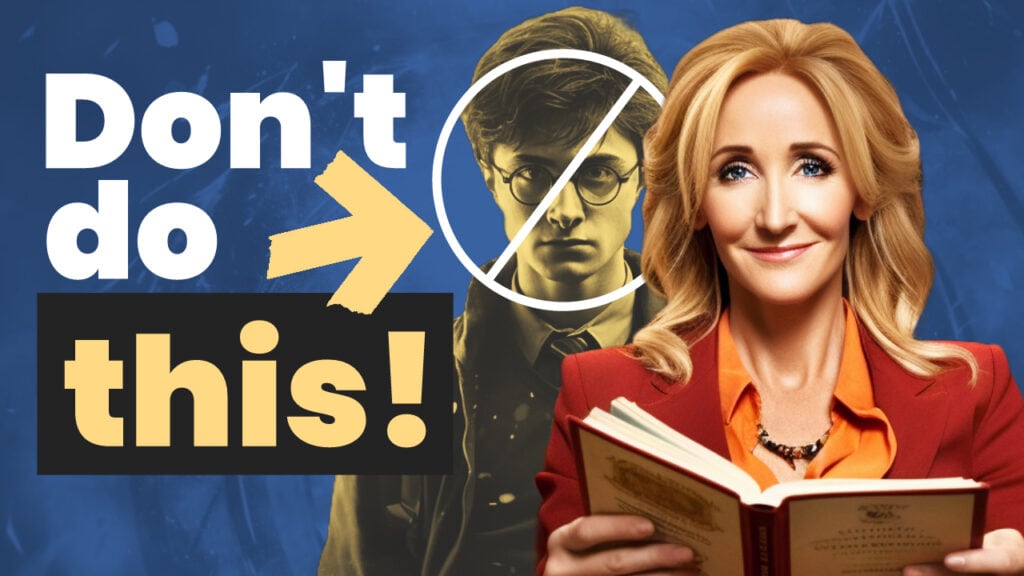
Chapter 1: Harry Potter’s Biggest Worldbuilding Mistake Hidden in Plain Sight
Let’s be clear — your mistake isn’t as much about the worldbuilding elements, i.e. characters, lore, politics, magic systems, etc.
We call these elements Artifacts.
(We’ll go more into Artifacts a little bit later)
This mistake is more about how the world ITSELF was built — a mistake nearly SO MANY worldbuilders make…
Call it Character-Based Worldbuilding.
You see…
You’ve built your entire world around your lead character Harry Potter, instead of building a world FIRST and THEN finding characters to inhabit the world (i.e. Harry Potter) and telling the stories you wanted to tell…
Or least that’s how its been presented to the masses…
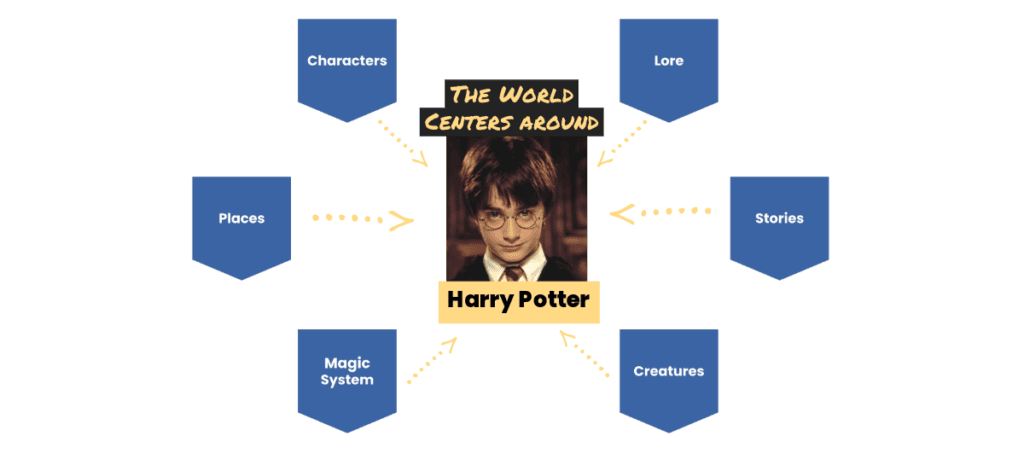
Read that again if you don’t catch the subtle nuance of this statement.
These two approaches appear to be very similar but are really fundamentally different…
And this is a mistake even the most experienced worldbuilders make — even you J.K. Rowling.
Granted — most wouldn’t call this a mistake because branding Harry Potter DID bring you a global fanbase and make you a billionaire…
But…
When you start adding up the eye-watering amounts of hundreds of millions of dollars in missed eBook sales and the millions of missed opportunities to make new fans, you quickly see that this form of worldbuilding cripples your ability to expand…
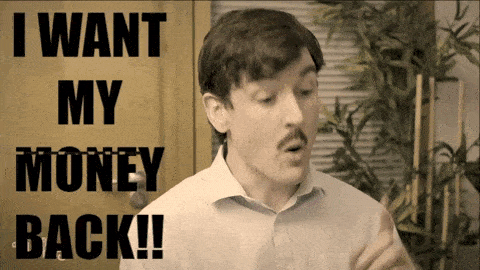
But how?
Ultimately, the highest potential for fans and profit lies in focusing on the world itself — which has countless characters, each character with countless stories to tell.
But…
Up to this point you’ve focused your entire world on one character, Harry Potter and the many stories and adventures surrounding him…
But…

By shifting focus from a Character to the entire World itself your Wizarding World instantly expands — so does the possibilities for you to grow your eBook and audiobook sales…
Approaching worldbuilding this way, you can instantly see an infinite amount of ways to expand the Wizarding World brand past your beloved single character.
For example:
Although the first three Star Wars movies surround Luke Skywalker as the main character, George Lucas, Star Wars’ creator, was wise enough NOT to focus the Star Wars brand totally on “Luke Skywalker”.

This would have considerably limited the Star Wars world and likely prevented Star Wars from being the iconic world it is today.
Another example is Pokemon.
Although Pikachu is clearly the most iconic Pokemon character of the entire Pokemon index, the creators were wise enough to focus on the entire WORLD of Pokemon and rather than just fixate on Pikachu.
This decision helped to make Pokemon the highest grossing iconic world in history…

We’ll dive deep into the Pokemon next..
Back to your problem…
Ultimately this is called Closed Worldbuilding —
Closed Worldbuilding is a product of the Old Way of worldbuilding — before the internet and before there was an endless amount of options of worlds to consume…
Closed Worldbuilding is the reason most worldbuilders:
- never gain traction with their work
- struggle to build a substantial fan base
- can’t compete with iconic worlds
- have to sign over ALL their rights to publishers and distributors
- waste 90% of a their assets — at least until it’s time to make the next product
And Closed Worldbuilding is ultimately the reason your eBook sales are so disappointing…
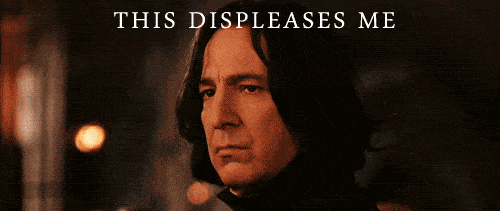
So how do you fix this?
You pivot in a directly completely opposite of Closed Worldbuilding and shift towards opening up the entire Wizarding World…
To pull this off, you’ll need to use a little-known framework called Open Worldbuilding.

Chapter 2: Open Worldbuilding – J.K. Rowling’s Secret Sauce for turning Lore into Fans & Profits
Open Worldbuilding is a modern framework for :
- creating immersive worlds for marketing to fans and entertaining them
- worldbuilders to spend more time creating and less time promoting
- worldbuilders to turn their lore into profits quicker
Open Worldbuilding is not only for creative outputs, but for engineering irresistible rabbit holes that attract and immerse explorers…
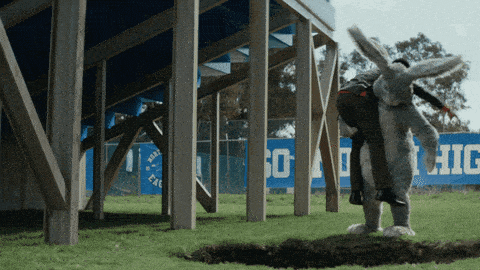
With Open Worldbuilding, Explorers feel like they have no choice but to spiral down the trail of magical goodness you’ve prepared for them…
If Closed Worldbuilding is your biggest worldbuilding mistake, Open Worldbuilding will become your biggest worldbuilding secret.
Building your world in this manor will allow you to:
- create a place that you own and control to invite Fans and Explorers to inhabit
- create a single source of truth for all your Wizarding World Artifacts — characters, lore, places, etc.
- funnel eager buyers directly to your eBooks and audiobooks rather than the movies & physical books…
And you can hide this secret in plain sight and very few will peep what you’ve truly done.
Win-win-win!
And so…
You decide to roll up your sleeves and build your own Open World version of the Wizarding World.
In 2012, you launch Pottermore.com — the digital heart of the Wizarding World.
The primary aim of this website is to enable Explorers to embark on a journey through the Wizarding World, granting them access to previously undisclosed Artifacts of your world, including over 18,000 words of information about characters, locations and objects within the Harry Potter universe.

Here’s a personal message for everyone entering the site:
Or read the transcript…
Welcome to Pottermore. This is my magical corner of the internet. A place where you can explore my writing — both familiar and new and where you can read features, articles and news from the Pottermore team.
New information will be revealed about the characters, places and magic you’re familiar with, as well as introductions to a few new characters, places and notions.
Pottermore is a place where you can unleash your imagination and allow it to lead you on adventures.
If you need a little extra magic in your life, you’ve come to the right place.
Open Worldbuilding Examples of the Pottermore Site

Here you get to geek out with Explorers on all the aspects of the Wizarding World that where trapped in your head, begging to be shared with the world.
Series of writings (Artifacts) ranging from House-elves, Giants and Mountain Trolls to the spectacular new lore such as “History of Magic in North America”!

Explore the world of Harry Potter: Owls, Phoenixes, Dragons and other Creatures, Characters, Spells, Locations and more…
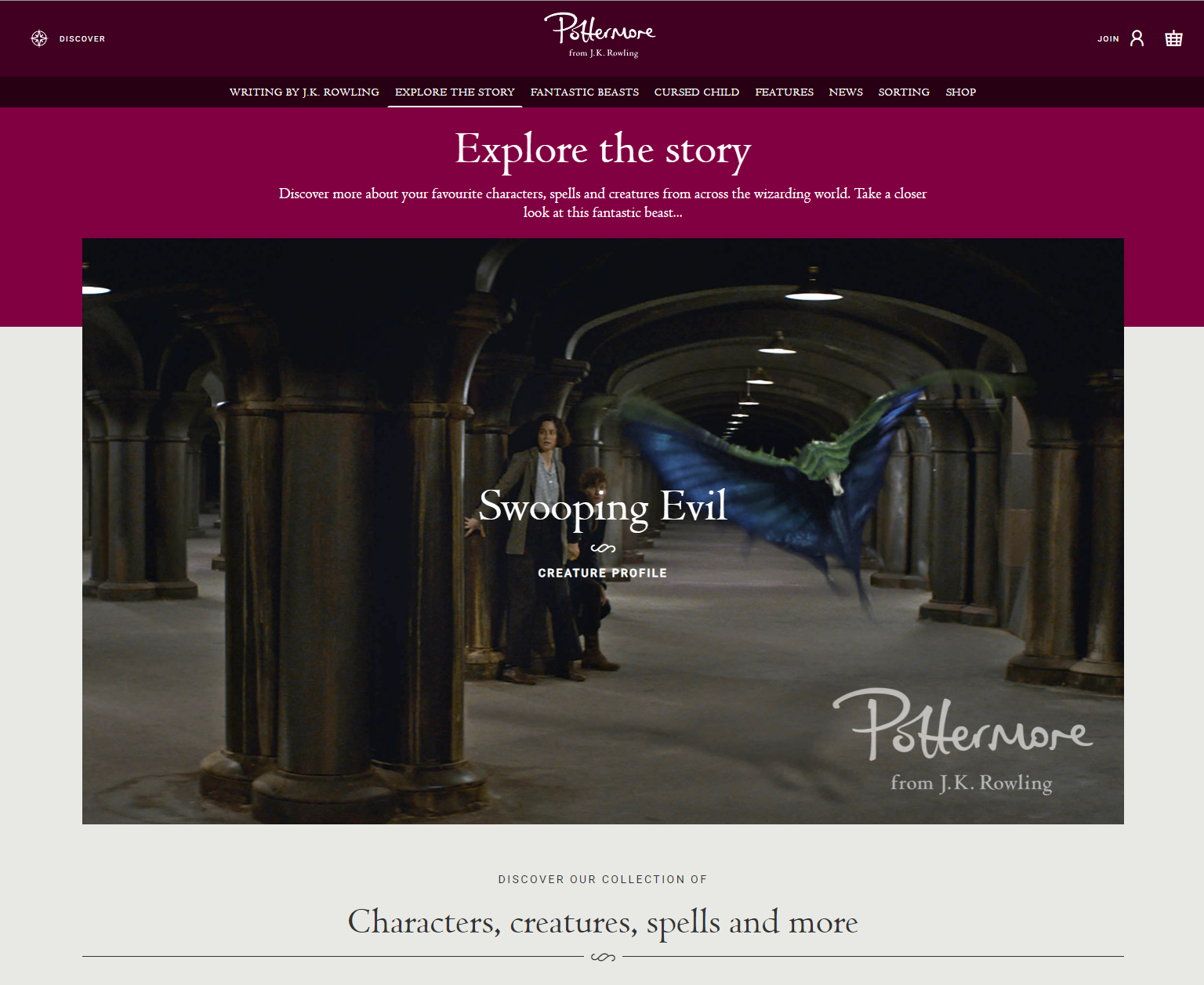
Triple Benefits of Pottermore.com
- For your Fans that have read every available Harry Potter book or have watched every second of every film made on the subject, this site will open up the Wizarding World in Ways they could only dream of.
- And for those who are brand new to the Wizarding World of Harry Potter this site is the perfect asset to immerse them into your world — all before ever paying a single penny for a product.
- And the more Explorers inhabit this Open World you build, the more they are compelled to buy your digital products and experience the most beloved sections of your world.
Again…. Win-Win-Win

Chapter 3: Open Worldbuilding The Wizarding World: The Results Are In…
Yep…
It worked!
Your Open World generated $5M in the first 30 Days!

Your over-all profits DOUBLED…

Even years later after the “Harry Potter” buzz died down — your Open World still will generate $38M per year — That’s $105k per day!!!

And the hordes of Wizarding World fans continue to increase — you’ve created I direct relationship with your fanbase…
Winning…

But this is only scratching the surface of the power of Open Worldbuilding…
The real power of the Open Worldbuilding Framework is that it works for Worlds of any size and any fanbase:
- Micro-Worlds (you’re probably here)
- Mega-Worlds and
- Iconic-Worlds
Here are some amazing Open World examples:
Micro-Worlds:
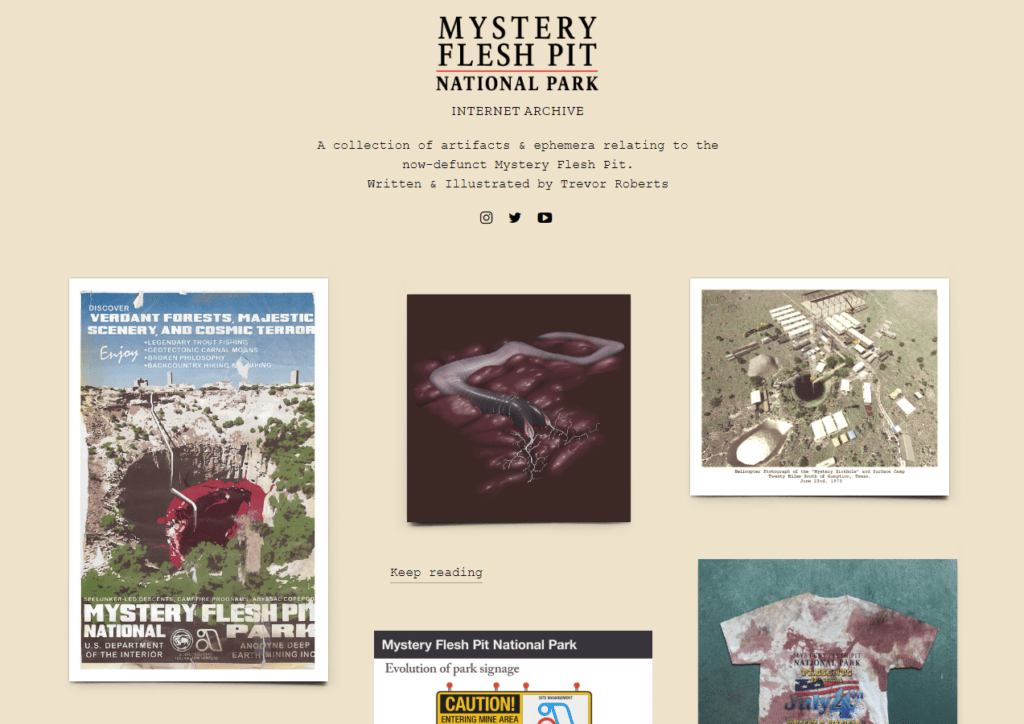
- Mystery Flesh Pit National Park
- Alice Isn’t Dead
- The Magisterial Society of Scriveners & Cartographers
Mega-Worlds:
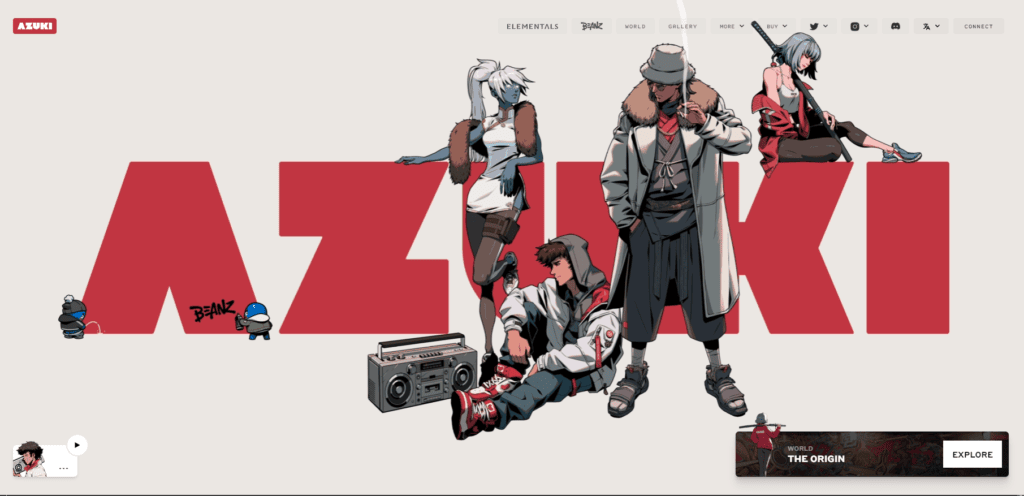
- HBO Voyeur Project
- Azuki
Iconic Worlds:
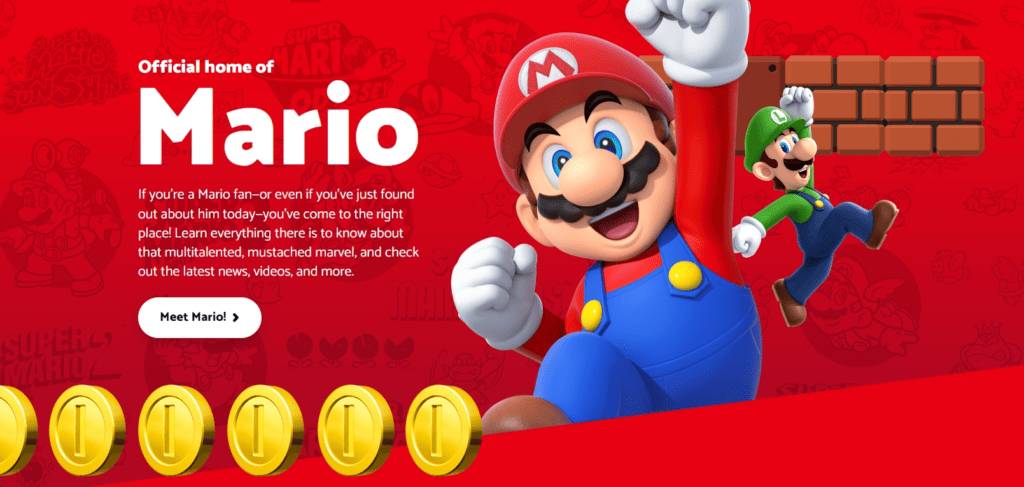
- Star Wars
- Mario
- Fortnite
- Yep… even Pokemon
And just like you witnessed with J.K. Rowling’s site, you can completely make your world feel real with just words and images.
Open Worldbuilding doesn’t require:
- a ton of money
- complex tools
- a huge team of content creators
Yep…
You can begin using the Open Worldbuilding framework using free and easily affordable tools…
We’ll explore these tools soon…
For now it’s more important to understand the Methodology BEHIND the tools & frameworks than to know what exact tools to use…
So…
Now that you’ve explored an example of Open Worldbuilding, let’s go a little deeper down the Open Worldbuilding rabbit-hole…
Lets dig into the two core essential elements of Open Worldbuilding: Explorers & Artifacts — using the highest grossing iconic world to-date…
Pokemon.
Continue to Part II:
Pokémon: The Video Game that Controlled the World… Twice



